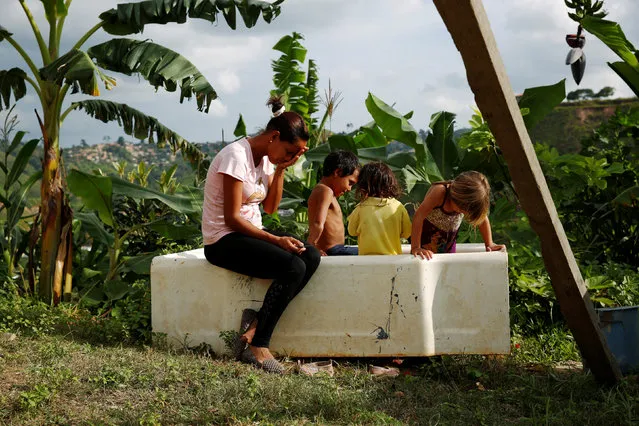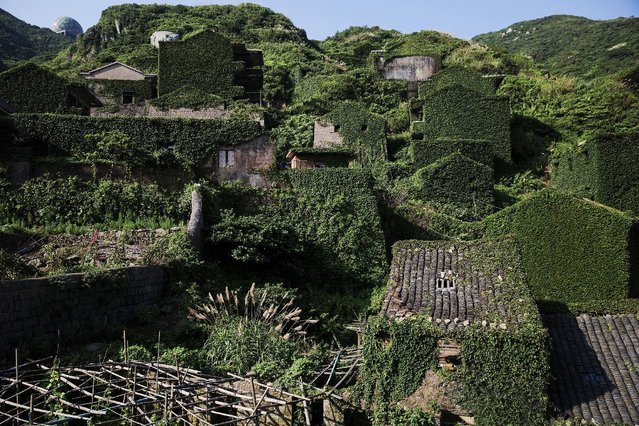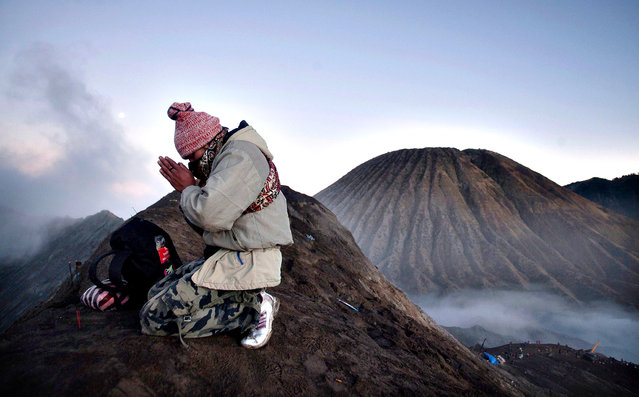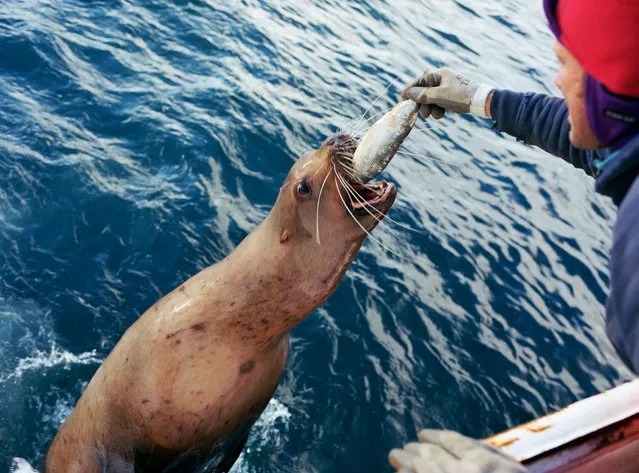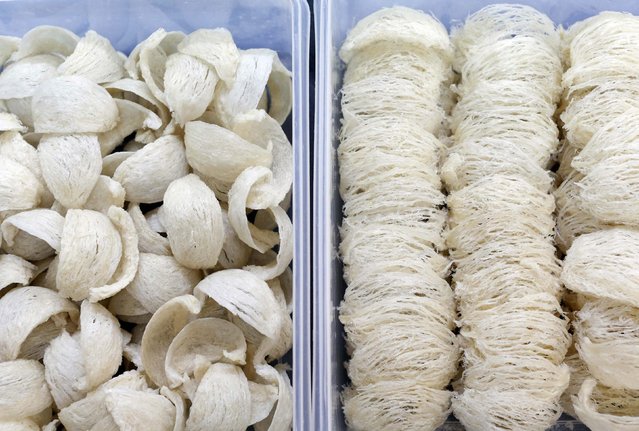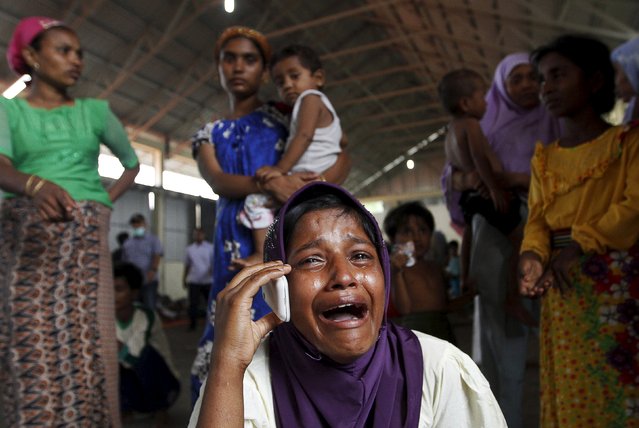
Ciara is the latest victim to be pranked by Vitalii Sediuk outside the Valentino Fashion Show today during Paris Fashion Week on September 30, 2014. The singer looked chic in a red lace outfit with a black coat hanging over her shoulders and was all smiles while posing for pictures. However, the fun was ruined when Vitalii threw off his cape to reveal a Chanel top and speedos with a message on his right thigh, reading “Ban in USA but I Rock Chanel”. No big altercation went down but Ciara’s security removed him from the crowd. (Photo by Backgrid USA)
26 Apr 2020 00:03:00,post received
0 comments

